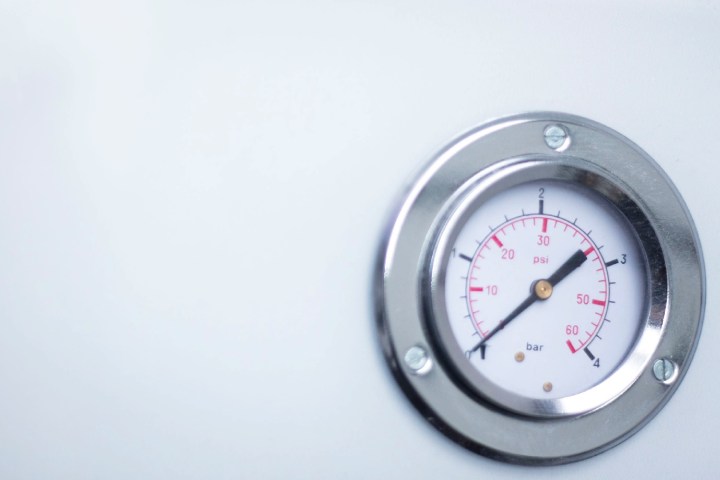
“When [patient Eden Carlson] arrived, she really couldn’t stand or bear any weight, her mental status was not normal, and she was very uncoordinated,” Dr. Paul Harch, the director of Hyperbaric Medicine at LSU Health, told Digital Trends. “By the end of the treatment, she was walking and her speech was at a level advanced beyond when she had had the drowning accident months before.”
As Harch notes, brain damage caused by trauma like a near-drowning experience can continue long after a person is rescued. “There’s the initial incident, and then a secondary inflammatory reaction that occurs, which starts almost immediately after a person is pulled out of the water and circulation is reestablished,” he said.
In the case of Eden, treatment began 55 days after her near-drowning in a swimming pool. Although her heart stopped, medics were able to resuscitate her at the Arkansas Children’s Hospital, although MRI scans revealed significant loss of gray and white matter in her brain. “Had we not intervened, an MRI at six months would have likely shown greater atrophy of brain tissue,” Harch said.
The oxygen treatment started 55 days after her drowning event, with two 45-minute sessions taking place every day — using both regular oxygen and hyperbaric oxygen treatments. Over the course of weeks, Eden returned to normal. An MRI scan carried out one month after treatment ended showed that brain damage had been almost entirely reversed, with just mild residual injury remaining.
“Over the years, I’ve had the opportunity to treat around 43 near-drowning children with hyperbaric oxygen,” Harch said. “However, this is the first child I’ve been able to treat so early after the injury. Most of the time it’s been one to two years after the injury, at which point most of the injured brain tissue has been lost. While we’ve documented improvement as a result of the hyperbaric oxygen, it was nowhere near as dramatic as with Eden because we were intervening so late.”
While there is still skepticism about the success of hyperbaric oxygen therapy (HBOT) among some experts, this is certainly a compelling piece of evidence to add to the existing case studies. A paper describing the work was recently published in the journal Medical Gas Research.


